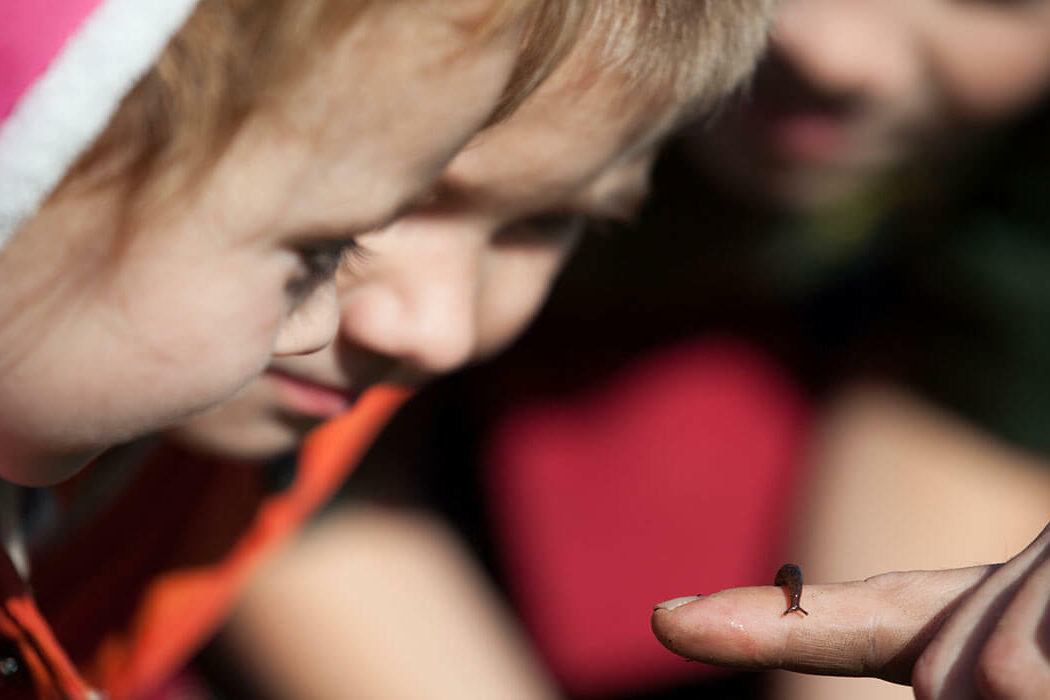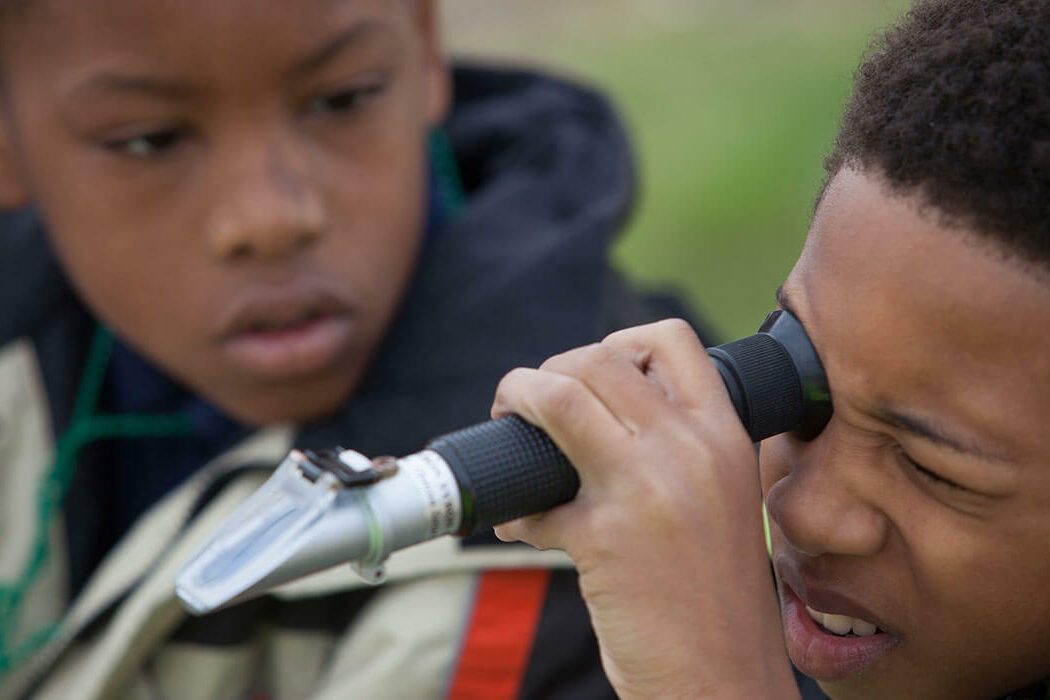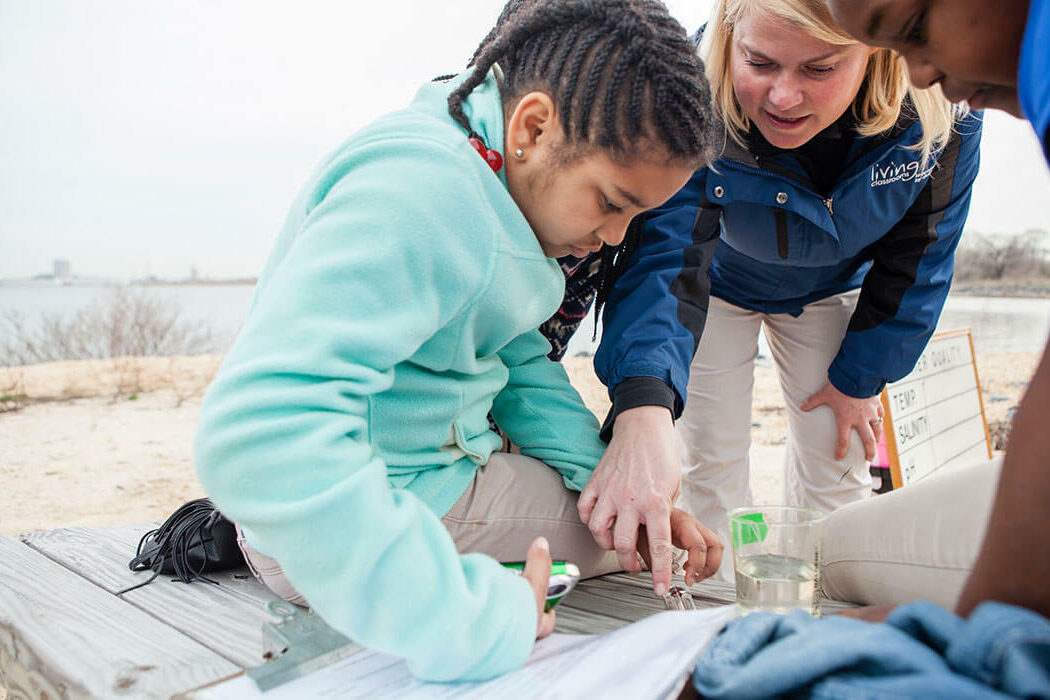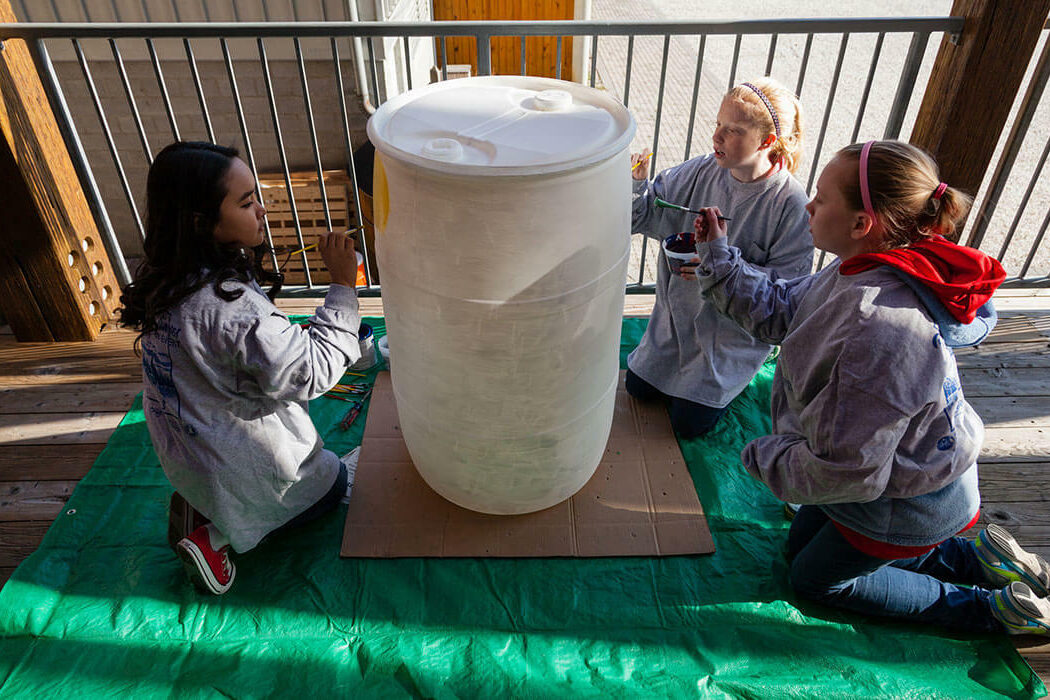Why MWEE?
The MWEE is a unique project-based framework for environmental literacy based on educational best practices supported by evaluation and research. MWEEs feature authentic approaches to learning science, technology, engineering, and math (STEM) and align with state science and social studies standards, including Next Generation Science Standards (NGSS) and the College, Career, and Civic Life (C3) Framework for Social Studies State Standards. MWEEs also reflect research-based instructional models, including place-based education, the North American Association for Environmental Education’s (NAAEE) Guidelines for Excellence, and Investigating and Evaluating Environmental Issues and Actions (IEEIA).
“There is a mountain of evidence that suggests environmental education is a powerful way to teach students. Over 100 studies found that it provides transformative learning opportunities. There is no doubt that environmental education is one of the most effective ways to instill a passion for learning among students.”
- Dr. Nicole Ardoin, Stanford University Graduate School of Education and Woods Institute for the Environment
MWEE Benefits
While MWEEs can affect a broad array of outcomes — from student health to career awareness — there are five outcomes that stand out as important and timely for the education and environmental fields.
Increased Student Interest and Engagement
During MWEEs, students lead their own research about local issues that affect their schools, neighborhoods, and communities. By conducting hands-on field investigations and meaningful action related to real-world issues, students are fully engaged as active learners. This approach can positively impact student interest in learning.

Support Student Achievement
MWEEs provide the opportunity for students to engage in problem-solving situations that place learning in the context of their daily lives. When life-relevant, student-centered learning is integrated into the curriculum or used to connect and organize themes across the curriculum, students are better equipped to meet academic standards.

Advance 21st Century Skills
MWEEs ask students to think critically, solve problems, employ analytical skills and higher-order thinking, and communicate effectively. These skills are essential to prepare a workforce ready for the innovation and challenges of the 21st century. In addition, today’s economy offers tremendous opportunities for careers directly related to the environment. MWEEs can help prepare students for these jobs.
Advance Environmental Stewardship and Civic Responsibility
MWEEs ask students to design and implement action projects that make positive change in their environment. This process of understanding an issue and taking action to address it gives students a sense of agency to make change, building a foundation for a lifetime of environmental stewardship and civic responsibility.

